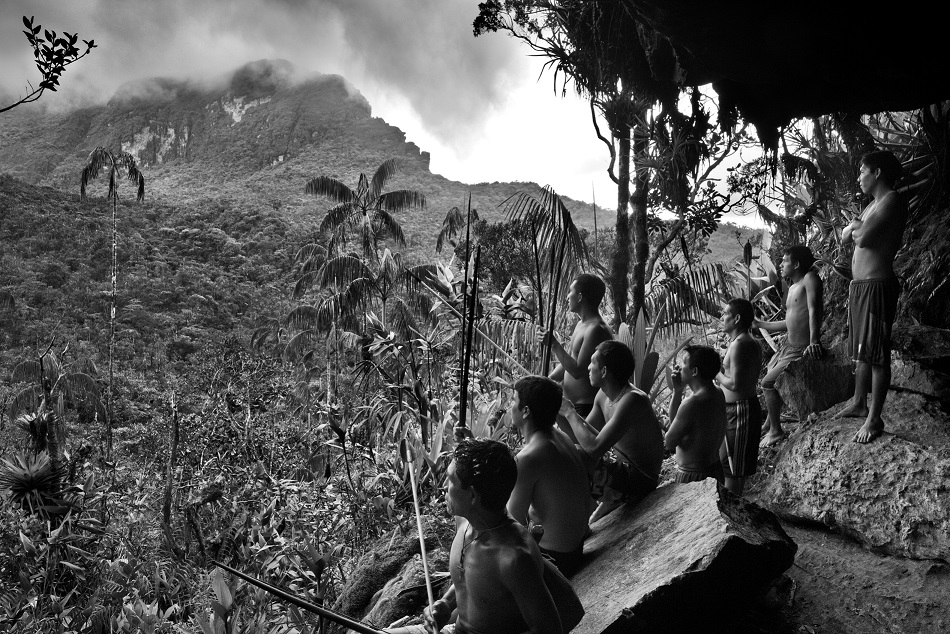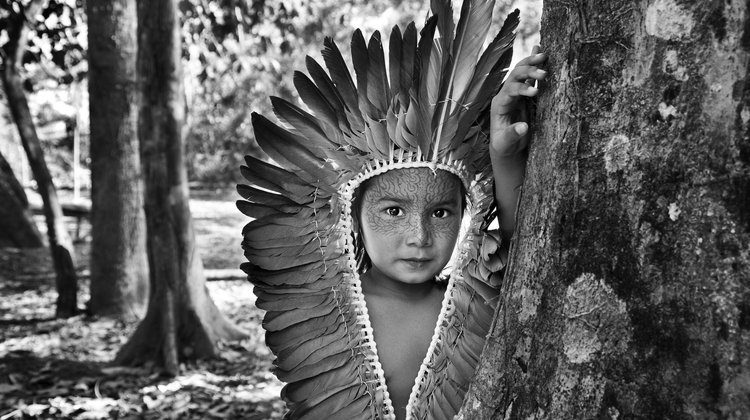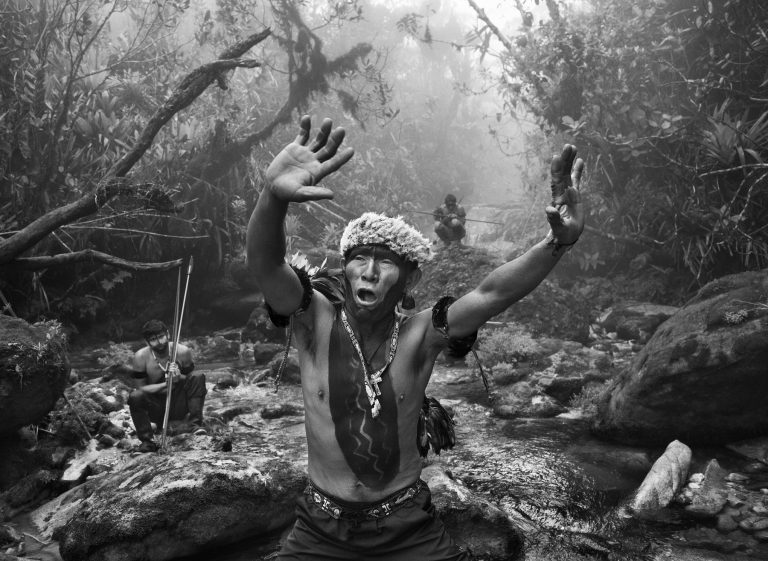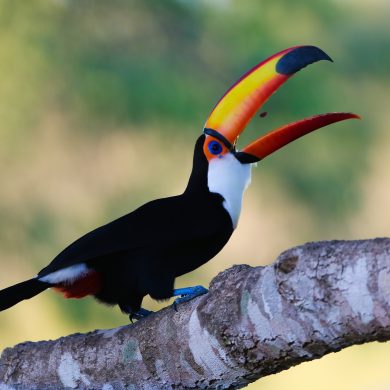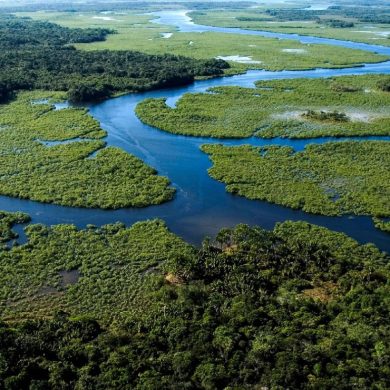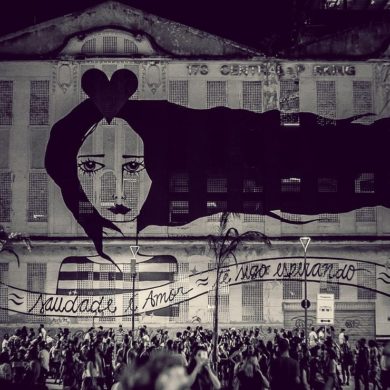Mata Atlantica, or the Atlantic Forest, spans the Northeast of Paraguay and the Brazilian state of Minas Gerais. This vast forest is as crucial to Brazil’s ecosystem as the Amazon. Unfortunately, it has long been threatened by deforestation and urbanization. Mata Atlantica once covered 1,300,000 km², but only 7% remains today, scattered along the Brazilian coastline. One man, Sebastião Salgado, has taken a stand against this destruction, working to reforest devastated areas. Known globally for his striking black-and-white photography, Salgado’s commitment to environmental conservation has made him both a hero and a target.
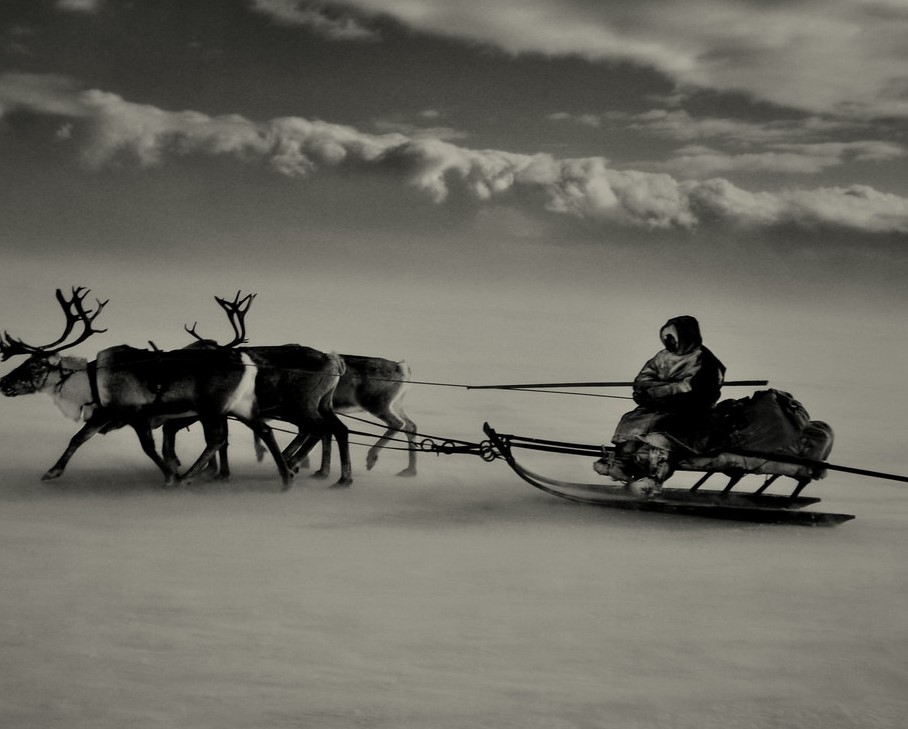
Sebastiao Salgado, an extraordinary Brazilian photographer
Salgado’s journey from economist to world-renowned photographer is as remarkable as his work. In his seventies, he remains undeterred by ex-military lobbyists and relentless developers. Forced into exile during Brazil’s dictatorship in 1969, Salgado moved to Paris, where he initially pursued a career in economics. However, a small Leica camera he took on his travels for work
would change his life forever. Discovering the power of photography to tell compelling stories, he shifted careers in 1973 to become a photographer.
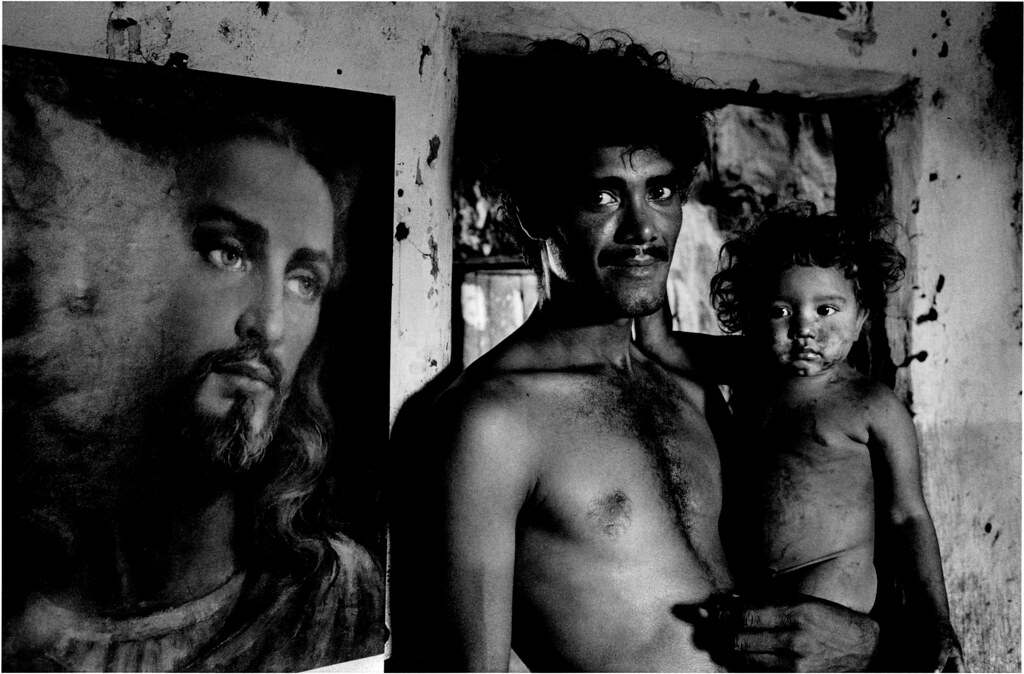
From Economics to Photography
Salgado’s photographs capture daily realities and opinions with clarity that words often cannot. His early work for agencies like Sygma, Gamma, and Magnum established him as a respected professional. In 1994, he founded his own agency, Amazonas Images, in Paris with his wife, Lélia Wanick Salgado. Salgado’s black-and-white images focus on social and ecological issues,
documenting the lives of the disinherited, hungry nomads, rural workers, and victims of deforestation. His work spans continents, from Latin America to Africa, highlighting human misery and environmental devastation.
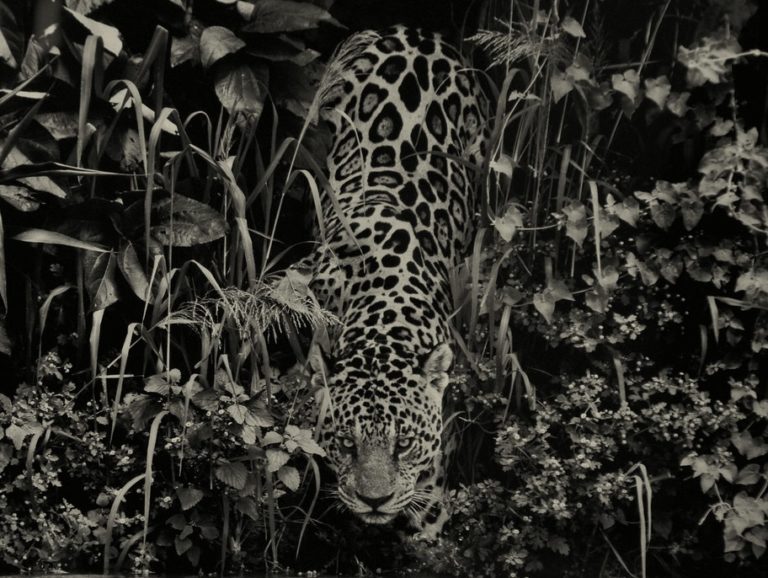
Balancing Art, Humanism, and Politics
Despite accusations from some media outlets, including The New York Times, that he profits from human misery, Salgado views his work as a testament to injustice and oppression. His stunning books, such as “Workers” (1993), showcase the harsh realities faced by laborers in open mines and deserts. Through his photographs, Salgado raises awareness and funds for charities like UNICEF, UNHCR, and WHO. His long-term commitment to public health and environmental issues, including polio eradication, further demonstrates his dedication to making a positive impact.
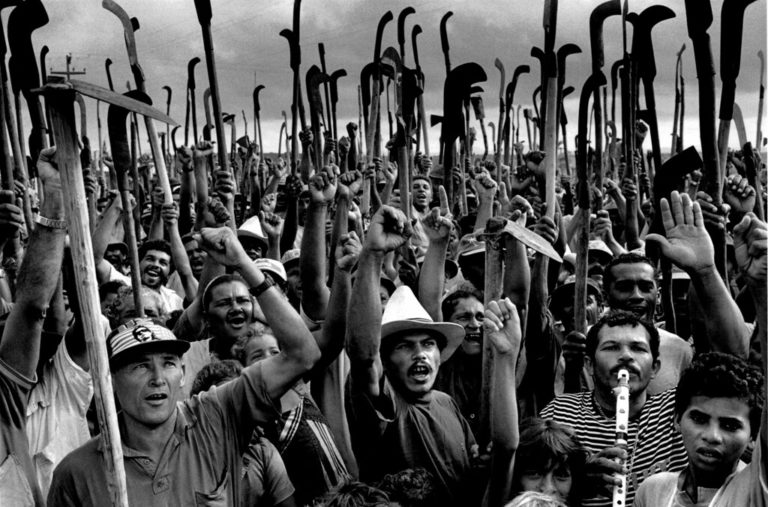
The Resurrection of the Aimorés Family Forest
Returning to his family’s land near Aimorés, Minas Gerais, in 1994, Salgado was devastated to find it barren and deforested. Determined to restore the area, he and Lélia founded Instituto Terra, an environmental organization focused on sustainable development. Over twenty years, they replanted nearly 2 million trees across 600 hectares, transforming the land back into a
thriving ecosystem. Today, Fazenda Bulcão, their family farm, is once again lush and green, supporting over 200 species of birds, mammals, and reptiles.
Instituto Terra: A Legacy of Reforestation
Instituto Terra employs around twenty people and attracts hundreds of volunteers worldwide. Their work has seen significant ecological success, despite opposition from some Brazilian decision-makers. Salgado’s commitment to reforestation and environmental conservation has led to the return of endangered species and the revitalization of the Atlantic Forest. His efforts highlight the importance of sustainable development and the need to protect natural resources for future generations.
Sebastião Salgado’s Photographic Journey
Salgado’s career has taken him to some of the world’s most challenging environments. His ability to capture the stark realities of life in war-torn regions, refugee camps, and devastated landscapes has earned him international acclaim. His work often focuses on the intersection of human suffering and environmental destruction, emphasizing the interconnectedness of social
and ecological issues.
Major Works and Publications
Some of Salgado’s most significant works include “Other Americas” (1986), “Sahel: The End of the Road” (1988), and “Genesis” (2013). Each book showcases his commitment to documenting the human condition and the natural world. “Genesis,” in particular, is a celebration of the planet’s beauty, featuring stunning images of pristine landscapes and wildlife. This work
contrasts sharply with his earlier projects, highlighting the urgent need for conservation.
“Genesis” was a monumental project that took eight years to complete, during which Salgado traveled to over 30 countries. The book is divided into five sections: Planet South, Sanctuaries, Africa, Northern Spaces, and Amazonia and Pantanal. Each section explores a different region of the world, capturing the untouched beauty of nature and the diverse cultures that inhabit these remote areas. Salgado’s photographs in “Genesis” remind us of the splendor of the world and the importance of preserving it.
Recognitions and Awards
Salgado’s contributions to photography and environmental conservation have been recognized globally. He has received numerous awards, including the Prince of Asturias Award for Arts (1998) and the World Press Photo Award. His exhibitions have been displayed in prestigious galleries and museums worldwide, bringing his powerful images to a broad audience. Throug his work, Salgado continues to inspire and challenge people to consider their impact on the planet.
The Power of Black and White Photography
Salgado’s choice to work exclusively in black and white adds a timeless and dramatic quality to his images. This approach strips away distractions, focusing the viewer’s attention on the subject’s essence. The stark contrasts and textures in his photographs evoke strong emotional responses, making them memorable and impactful. Salgado’s ability to capture both the beauty and tragedy of the human experience has solidified his place as one of the greatest photographers of our time.
Challenges and Controversies
Salgado’s outspoken stance on environmental and social issues has made him a controversial figure, especially in Brazil. His criticism of the government’s policies on deforestation and indigenous rights has drawn ire from political leaders. However, Salgado remains undeterred, using his platform to advocate for change and raise awareness. His commitment to truth and justice in his work has earned him both admiration and criticism.
In 2021, Salgado called for international intervention to stop the destruction of the Amazon rainforest, urging world leaders to place pressure on the Brazilian government. His plea highlighted the urgent need to protect the world’s largest tropical rainforest, which is crucial for regulating the global climate. Despite facing backlash, Salgado’s relentless advocacy underscores his dedication to environmental conservation.
Educational and Outreach Efforts
In addition to his photography, Salgado is deeply involved in educational and outreach programs. He frequently lectures at universities and conferences, sharing his experiences and insights with the next generation of photographers and environmentalists. Through these efforts, he hopes to inspire others to use their talents and voices to advocate for a better world.
Salgado also collaborates with schools and community organizations to promote environmental education. Instituto Terra offers programs that teach children and adults about the importance of reforestation, biodiversity, and sustainable practices. These initiatives aim to cultivate a deeper understanding of environmental stewardship and empower individuals to take action in their
communities.
Continuing the Fight for Conservation
Salgado shows no signs of slowing down. He continues to travel and document the world’s most pressing issues. His upcoming projects promise to shed light on lesser-known struggles and triumphs, continuing his legacy of impactful storytelling. Salgado’s work serves as a reminder of the power of photography to drive social change and the importance of protecting our planet.
The Impact of Sebastião Salgado’s Work
Salgado’s photographs have not only raised awareness about critical issues but have also influenced policy changes and humanitarian efforts. His work has been used by organizations like Amnesty International to highlight human rights abuses and by environmental groups to advocate for conservation. The emotional and visual impact of his images compels viewers to confront uncomfortable truths and consider their roles in creating a more just and sustainable world.
Discover More About Sebastião Salgado
To learn more about Sebastião Salgado’s work and his contributions to photography and environmental conservation, visit his official photography website, [Amazonas Images](https://www.amazonasimages.com), and the [Instituto Terra (http://www.institutoterra.org) website. These platforms offer a wealth of information about his projects, exhibitions, and ongoing efforts to protect the environment. Explore his stunning images and discover the powerful stories behind them.
Sebastião Salgado’s journey from economist to photographer and environmental activist is a remarkable testament to the impact one individual can have on the world. Through his lens, he has brought attention to critical social and environmental issues, inspiring action and change. His commitment to truth, justice, and sustainability serves as a guiding light for all who strive to
make a difference. Sebastião Salgado’s work offers a profound exploration of the human condition and the natural world. His dedication to capturing the truth, no matter how harsh, challenges viewers to confront difficult realities and consider their role in creating a better future. By visiting his exhibitions, reading his books, or exploring his online galleries, one can gain a deeper appreciation for the complexity and beauty of our world.
The Enduring Influence of Sebastião Salgado
Salgado’s influence extends far beyond the art of photography. His tireless efforts in environmental conservation, education, and humanitarian work have made him a beacon of hope in the fight for a sustainable future. As the world faces unprecedented
environmental challenges, Salgado’s example reminds us of the power of individual action and the importance of collective responsibility. His life and work encourage us to look beyond our immediate surroundings and consider the broader impact of our actions on the planet. Salgado’s story is one of resilience, creativity, and unwavering commitment to justice, providing a powerful narrative for those seeking to make a difference in their own lives and communities. Through his images and initiatives, Sebastião Salgado continues to inspire and mobilize people around the world, proving that photography is not just an art form but a catalyst for change. His legacy will undoubtedly endure, inspiring future generations to protect and cherish the world we all share.
